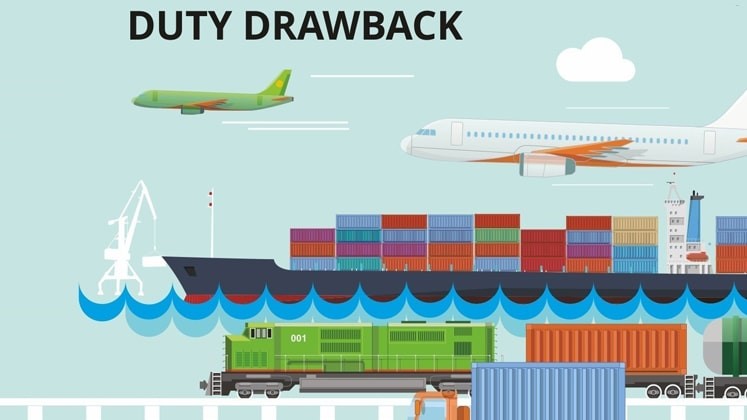Description

Disclaimer: Copyright infringement not intended.
Context:
- Exporters are misusing the government’s duty drawback scheme by claiming it along with refunds of integrated goods and services tax (GST), according to GST authorities, who are doing an investigation into this.
Duty Drawback Scheme (DBK):
- The Duty Drawback Scheme (DBK) is a key programme to help exporters offset some of the costs accrued during the export process, particularly in supply or value chain. The key benefit of the scheme is that it gives rebates on Customs and Central Excise chargeable on any imported or excisable materials used in the manufacture of goods meant for export.
- The scheme, administered by the Department of Revenue, has two primary components: All Industry Rate (AIR) and Brand Rate. One way to grant the duty drawback is to check the rates specified in the Schedule of All Industry Rate of Drawback, usually announced on June 1 or three months after the budget. If the product is not mentioned in the AIR schedule or the exporter claims it is inadequate, the exporter can claim duty drawback by applying for Brand Rate fixation.
.jpeg)
How the scheme works:
- AIRs are notified by the government in the form of a drawback schedule based on the average quantity and value of inputs and duties (both Customs & Central Excise) borne by export products. The rates are essentially an average based on the assessment of average incidence. These AIRs are recommended by a drawback committee.
- The AIR may be fixed as a percentage of free on board (FOB) price of export products or as specific rates. FOB is used to indicate whether the seller or the buyer is liable for goods that are damaged or destroyed during shipping. All claims of duty drawback are filed with reference to the tariff items and description of goods given in the schedule.
- In the case of Brand Rate fixation, an exporter is eligible to apply either where the export product has not been listed in the duty drawback schedule or if the exporter considers that AIR of duty drawback does not fully neutralise the duties suffered by his export product. Exporters are fully compensated for customs, central excise duties and service tax actually incurred by them.
- To use the Brand Rate route, the entity concerned has to submit an application to the Directorate of Drawback within 30 days of the first shipment, with copies to the relevant authorities. The commissioner-drawback will fix the rate after verification. The documentation requirement is high here, as the manufacturer has to show the quantity of inputs and services used, along with evidence of payment of duties.

How to avail refunds under the scheme?
- First, an exporter has to file the shipping bill in an electronic data interchange (EDI) for the export. Here, the exporter has to keep in mind that the electronic shipping bill itself will be treated as the claim for drawback and there is no need to file separate drawback claims.
- All ports with EDI can process these claims except in respect of DBK claims relating to cases of re-export of imported goods under Section 74 of the Customs Act, 1962.
- In the EDI system, exporters are required to open their accounts with a bank that is either nominated by a customs house or has core banking facility to transfer funds through NEFT/ RTGS. This has to be done to enable direct credit of drawback amount to their accounts, obviating the need for issue of cheques. The exporters are required to indicate their account numbers in the declaration form called Annex B, along with the details of the bank through which the export proceeds are to be realised. After the realisation of payment, proof of realisation is to be submitted to the Customs authority.

https://www.business-standard.com/article/economy-policy/apparel-drugs-and-leather-export-under-scanner-for-tax-scheme-misuse-123011500726_1.html














